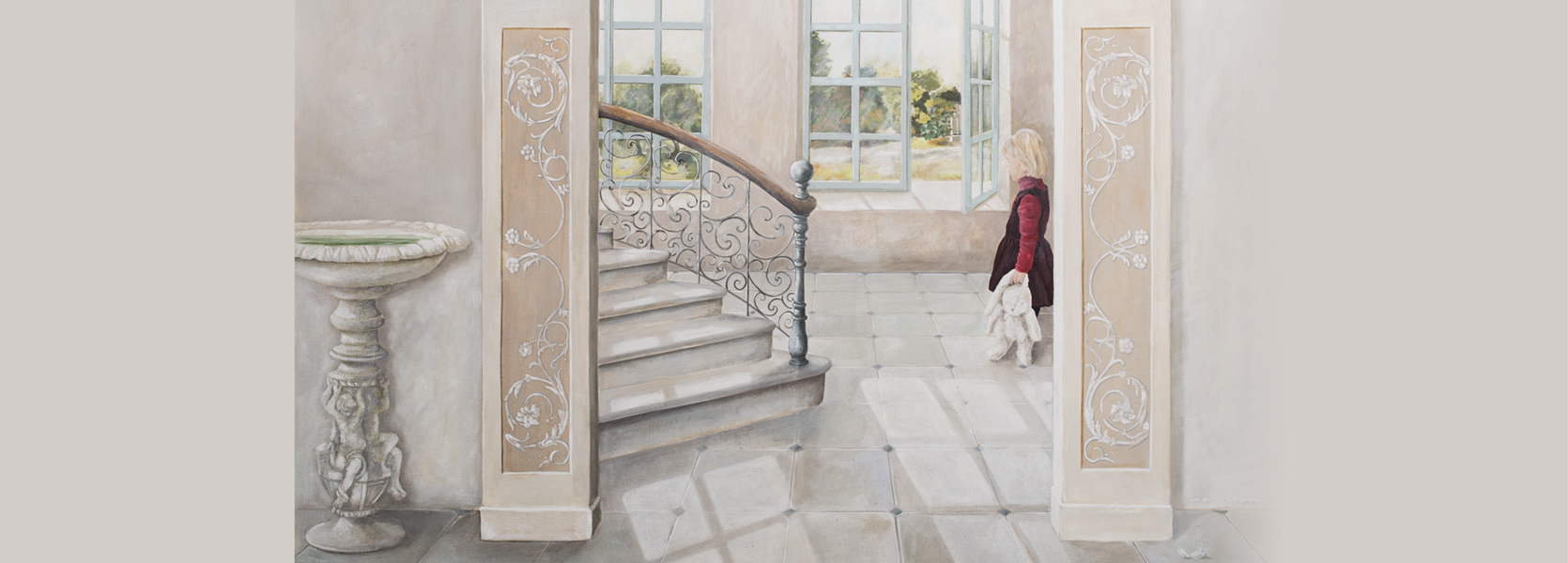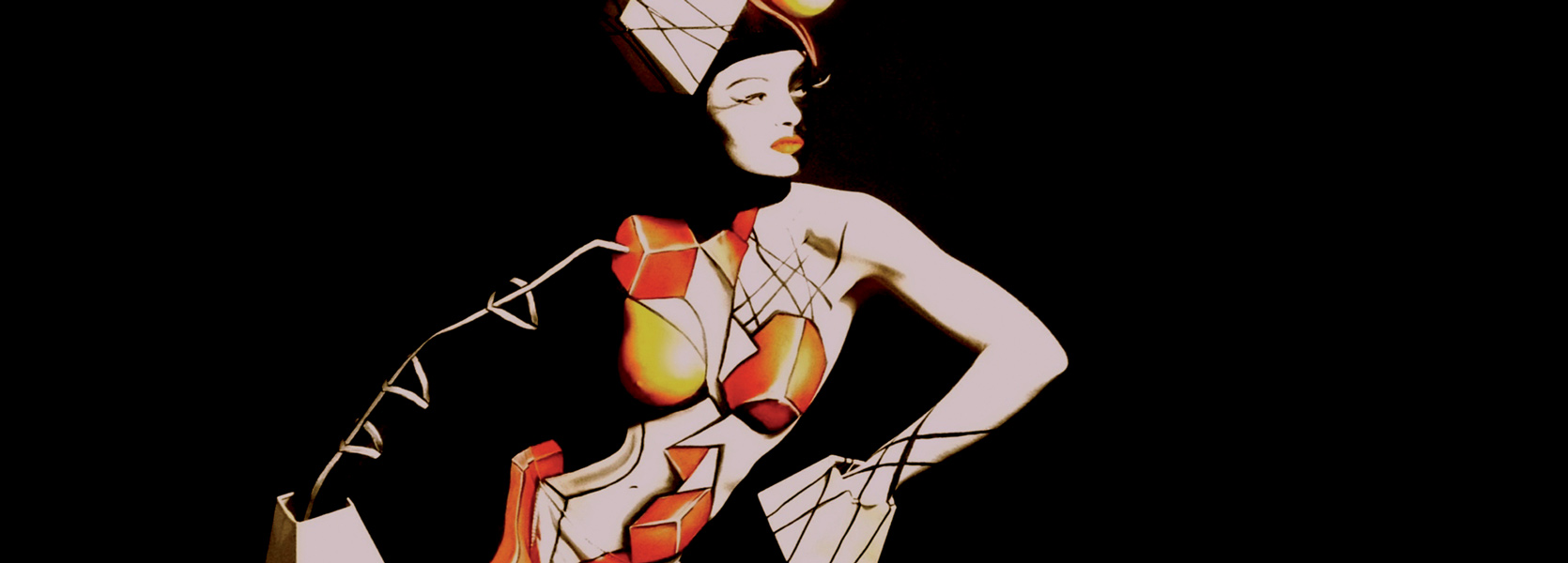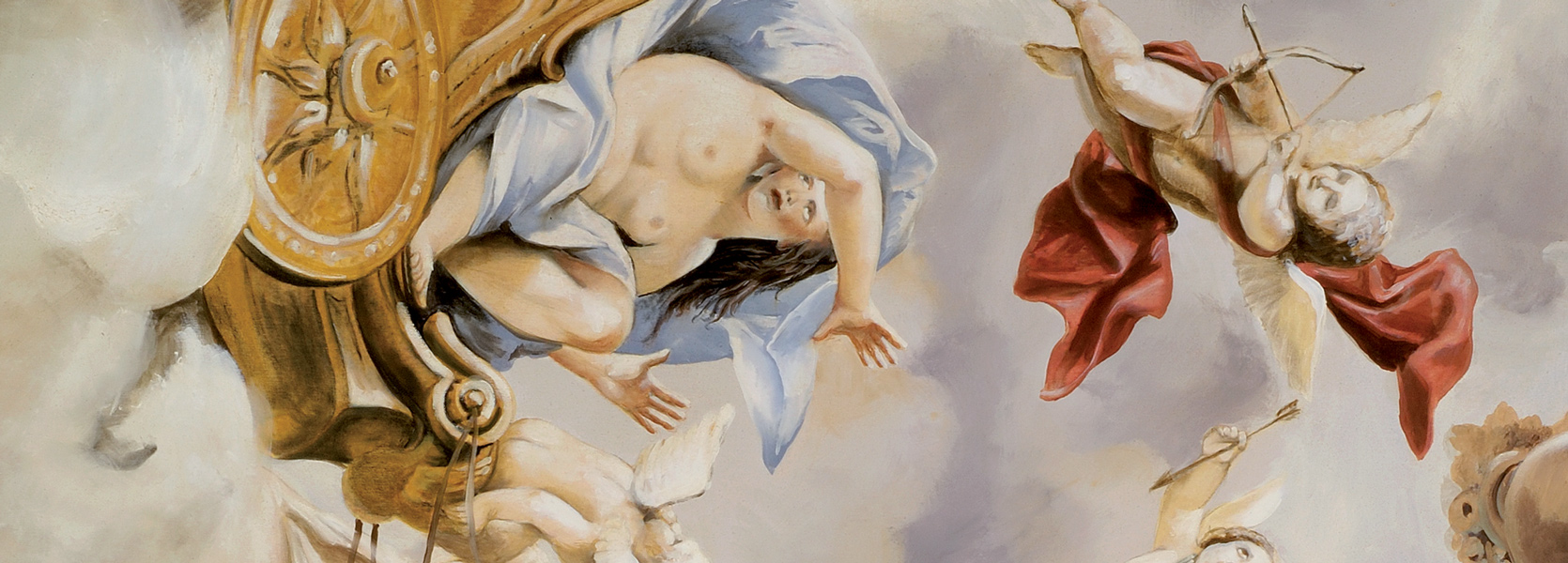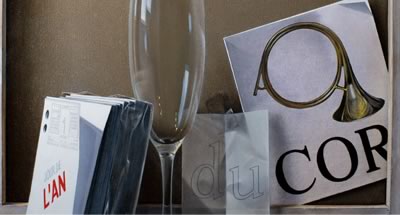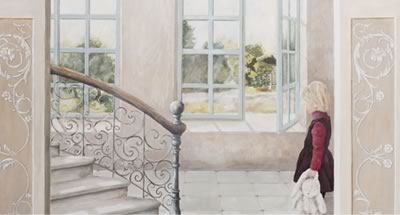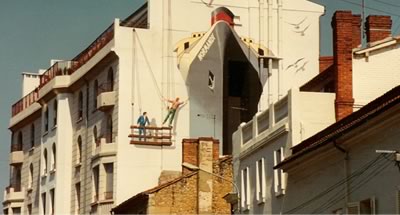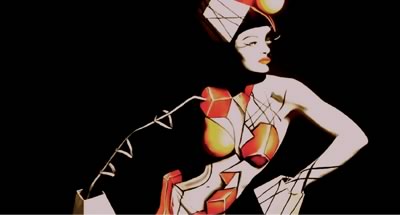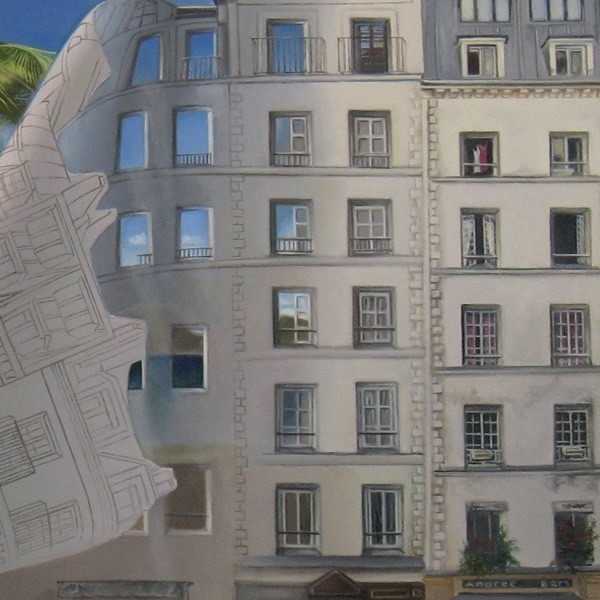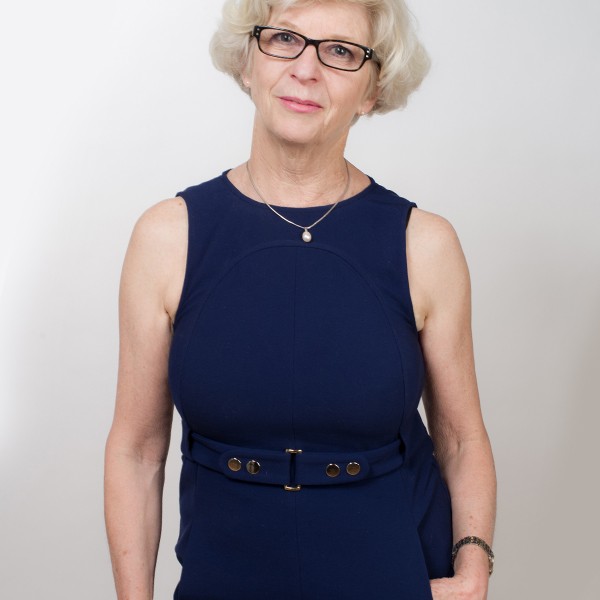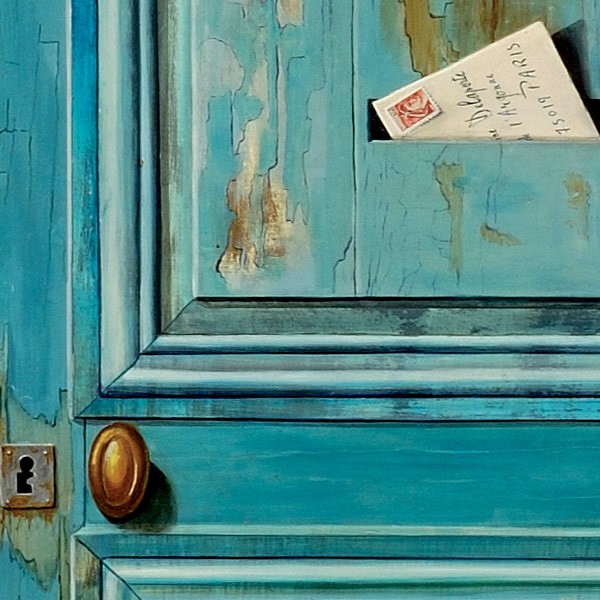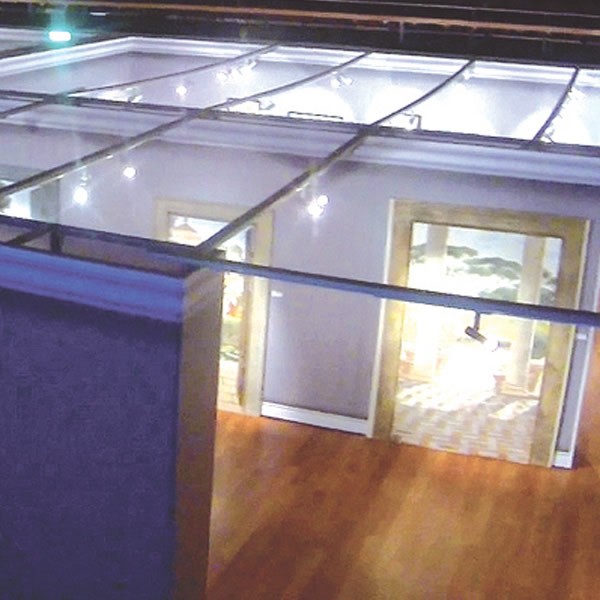Architectural trompe-l’œil
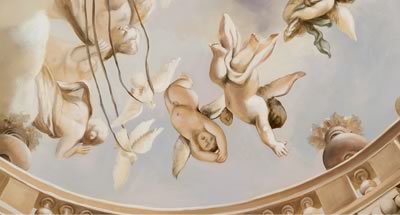
On the walls and ceilings of villas and palaces, trompe-l’oeil is a triumph. It offers a way to open the interior space and to change our perception of it. Using this technique, artists transform ordinary inhabited spaces into adventurous, imaginary places. Balustrades, staircases, columns, sculptures, fictitious characters, open doors, skies, windows and curtains are painted with undeniable trompe-l’œil virtuosity.
Widely used since the 15th century in European churches, trompe-l’œil architecture provides the effect of height and domes opening onto the sky. Artists use this technique to give the spectator the illusion of looking up into heaven.

